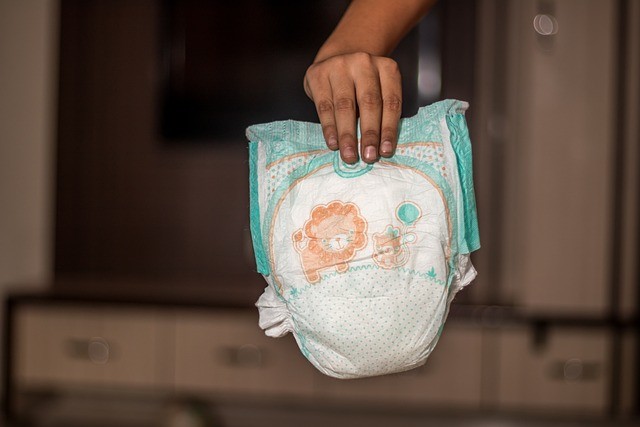Toilet training, also known as potty training, is a significant milestone for toddlers and parents alike. Here are five effective strategies to help you successfully toilet train your toddler:
Timing is Key:
Start when your toddler shows signs of readiness, such as staying dry for longer periods, showing interest in the toilet, or expressing discomfort in dirty diapers.
Aim for a time when there are no major disruptions or stressful events in your toddler’s life, as consistency is essential during this process.

Create a Positive Environment:
Make the potty training experience positive and fun. Let your toddler choose their own potty seat or underwear with their favorite characters.
Praise and celebrate small successes. Positive reinforcement, such as clapping or offering a small reward, can motivate your child.
Establish a Routine:
Set regular potty breaks throughout the day, especially after meals and before bedtime.
Use a timer or a consistent schedule to remind your toddler to use the potty. This helps them understand when it’s time to go.
Use Patience and Understanding:
Accidents are normal during toilet training. Instead of scolding, calmly help your toddler clean up and encourage them to use the potty next time.
Understand that progress may not be linear. There might be setbacks, but with consistency and patience, your toddler will get the hang of it.
Promote Independence:
Let your toddler be involved in the process. Encourage them to flush the toilet, wash their hands, and pull up their pants.
Transition to underwear during the day to help them understand the sensation of wetness. This can motivate them to use the potty.
Offer Positive Role Models:
Sometimes, toddlers are more willing to use the potty if they see older siblings or friends doing it. Positive peer influence can be powerful.
Nighttime Training:
Nighttime dryness often takes longer. Use training pants or waterproof mattress covers to manage accidents.
Limit fluids closer to bedtime and encourage your toddler to use the potty before sleeping.
Stay Calm and Consistent:
Consistency is key. Stick to the routine even when it gets challenging. Being calm and patient helps your toddler feel more at ease.
Remember, every child is unique, and some may grasp toilet training quickly, while others might take more time. Be prepared for setbacks and accidents, and approach the process with understanding and positivity. Celebrate every step forward, no matter how small, and eventually, your toddler will achieve success in toilet training.










